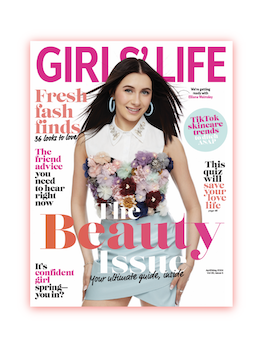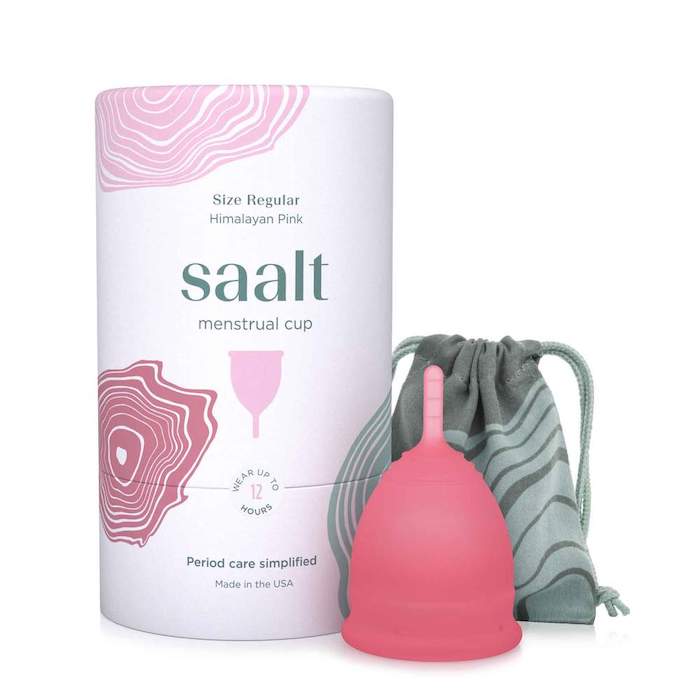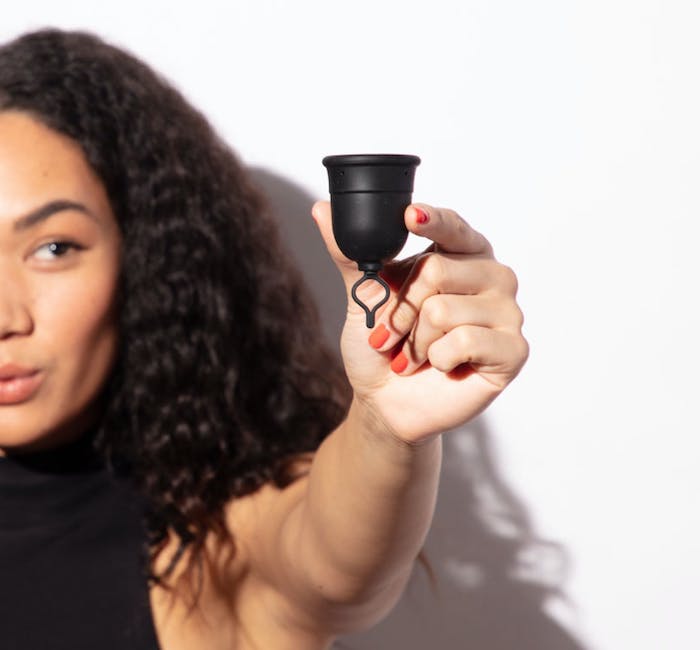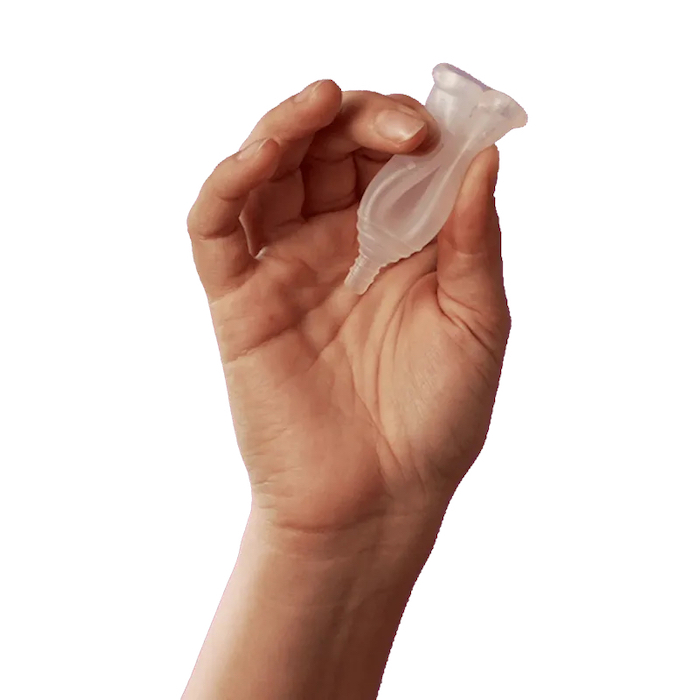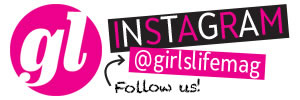HEALTH
Your Bod
Everything you need to know about menstrual cups
Let's face it: menstrual cups can be straight-up confusing. Before I bought my first one, I had so many burning questions and concerns. How do I clean it? Where can I buy the best one? Are they hygienic? As a current menstrual cup guru, I'm here to give you all the deets. Side note: if you have a latex or silicone allergy, the menstrual cup might not be right for you.
1. What is a menstrual cup?
Menstrual cups are small silicone cups inserted into the vagina to collect period blood. They are usually soft and flexible with a stem for removal. Menstrual cups are an eco-friendly alternative to single-use period products like pads and tampons—you can reuse your cup for up to ten years. Here's a tutorial on how to insert and remove the cup.
2. Are they hygienic?
Menstrual cups are hygienic. Period. Though it's tempting to call the cups gross, they are highly protective against leaks and are made with medical-grade materials. In addition, menstrual cups seal in the scent of blood, so you aren't left smelling questionable.
3. How do you clean them?
Before you insert your menstrual cup for the first time, boil it for five to ten minutes to kill all bacteria. Make sure to do the same after your cycle is over. Buy a gentle, antibacterial soap or a cleanser designed for menstrual cups. In between uses, you should clean the cup with water, a cleanser and a washcloth before reinsertion. Here's a video by Pixie Cup to help. After your cycle, you can also leave the cup in the sunlight for a few hours to kill any odors. Make sure to wash your hands before and after every use to avoid infection.
4. Are they safer than tampons?
Yes. You might have heard about Toxic Shock Syndrome, a serious (and rare) condition caused by an overgrowth of bacteria that release toxins into the body. It affects menstruating people who use internal period products, like ultra-absorbent tampons, as they provide an ideal environment for bacteria to grow. Because menstrual cups do not absorb blood, there is a very low chance of developing Toxic Shock Syndrome. However, only leave the cup in for 12 hours or less to be safe.
5. Are they sustainable?
Menstrual cups are one of the most sustainable period products on the market. According to CNN, one cup produces 0.4% of the plastic waste caused by pads and 6% of the plastic waste caused by tampons. It's great for your wallet, too. Spending $10 - $40 on one period device that could last you up to a decade is an excellent investment—it could save you hundreds of dollars over your lifetime.
6. Are there multiple sizes?
Most menstrual cup brands sell a variety of sizes, ranging from petite to extra-large. They usually offer smaller, softer cups designed for teens and larger ones designed for people who have given birth. Here is a guide from Lunette and a quiz from Saalt to find your ideal size. Quick tip: the DivaCup is best for larger sizes!
7. Are there downsides?
Sadly, menstrual cups aren't perfect. They can leak if you buy the wrong size. If your flow is heavy, you might have to use pantiliners or invest in period underwear (a leak-free combo). There is also a learning curve for inserting and removing the cup, which can get messy and frustrating at first. But like most things, practice makes perfect!
8. What are the benefits?
Did you know that menstrual cups hold more blood than pads and tampons? They're also budget-friendly, environmentally friendly, safer and cleaner than most single-use period products. Ever since I started using a menstrual cup, my period routine changed drastically from spending tons of money on pads to having something I could rely on (for cheap). You might not feel ready for a menstrual cup, and that's OK. Now you know they're always an option.
All GIFs via Giphy. Slider image via @thejunecup.
We want to hear from you! Send us your weirdest body questions here (seriously, we'll answer anything!) and it just might get featured.
POSTED IN HEALTH, Your Bod, period 101

 become a contributor
become a contributor
